8 Websites Linux Users Should Have bookmarked
Here’s the list of my favorite Linux websites. Perhaps you’ll like them too.
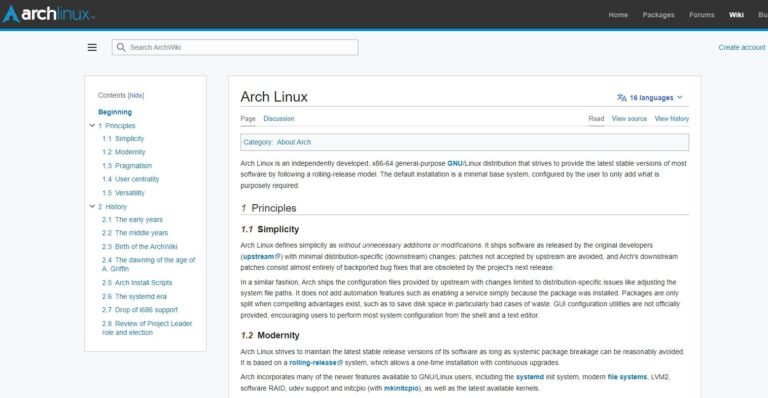
Here’s the list of my favorite Linux websites. Perhaps you’ll like them too.
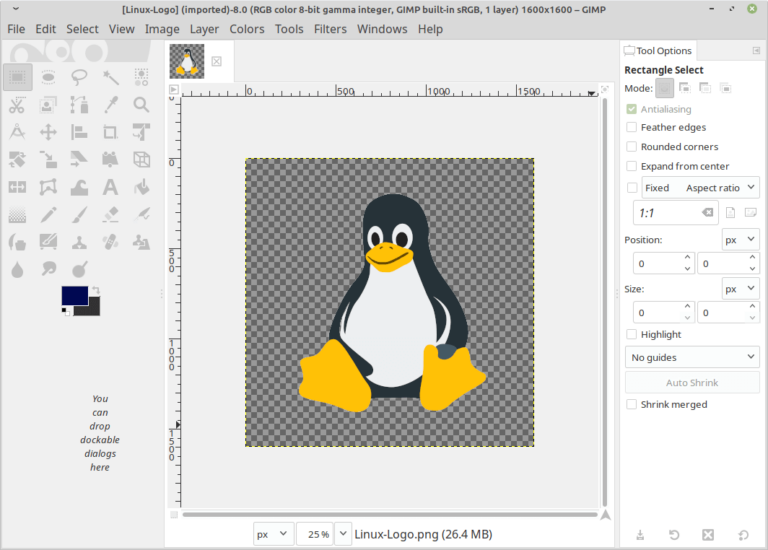
The post 12 Best Photo Editing Software for Linux in 2023 first appeared on Tecmint: Linux Howtos, Tutorials & Guides .
In this article, I have reviewed some of the best photo editing software available on various Linux distributions. These are not the only photo editors
The post 12 Best Photo Editing Software for Linux in 2023 first appeared on Tecmint: Linux Howtos, Tutorials & Guides.
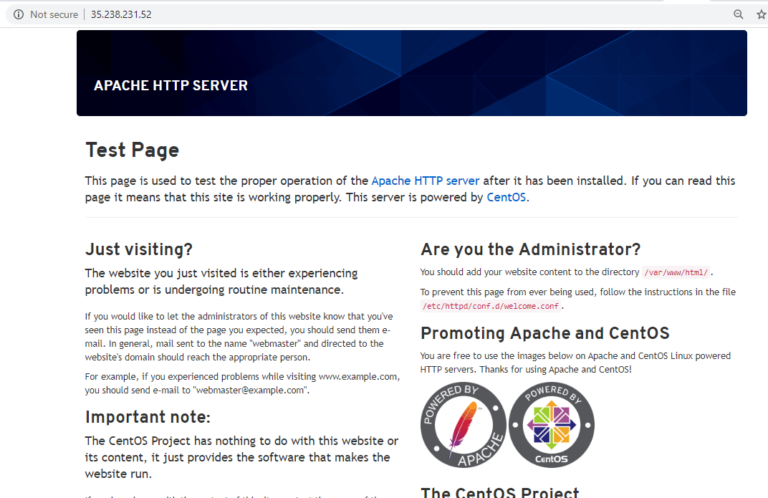
The post 8 Best Open Source Web Servers in 2023 first appeared on Tecmint: Linux Howtos, Tutorials & Guides .
It’s been a long journey since the first web server was released back in 1991. For quite a long time, Apache was the only mention-worthy
The post 8 Best Open Source Web Servers in 2023 first appeared on Tecmint: Linux Howtos, Tutorials & Guides.
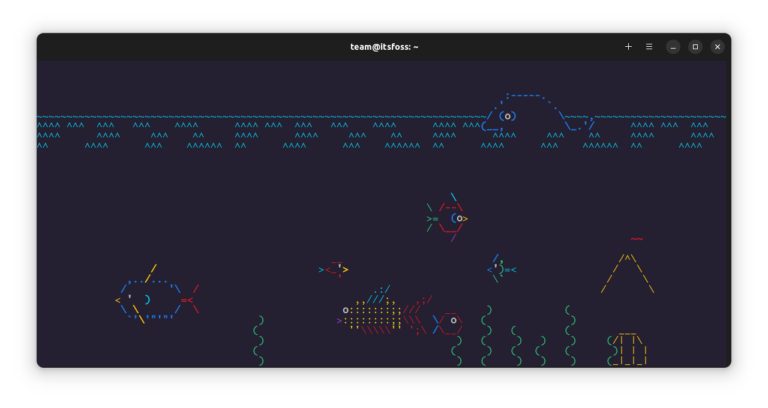
Here’s a tiny CLI tool to add an aquarium in your Linux terminal.
Introduction In the realm of Linux, where the command line is often the compass by which we navigate, the efficient management of disk space is crucial. Whether you’re sailing through personal projects or steering the ship of enterprise servers, large and forgotten files can be like hidden icebergs, threatening to sink your system’s performance. This…

The post Universal Package Managers for Linux: Snap, Flatpak, and AppImage first appeared on Tecmint: Linux Howtos, Tutorials & Guides .
Package management or software installation on Linux systems can be very puzzling especially for newbies (new Linux users), as different Linux distributions use different traditional
The post Universal Package Managers for Linux: Snap, Flatpak, and AppImage first appeared on Tecmint: Linux Howtos, Tutorials & Guides.

This edition of FOSS Weekly brings the news of kernel 6.6, a demo of the easiest arch installation, among other things.
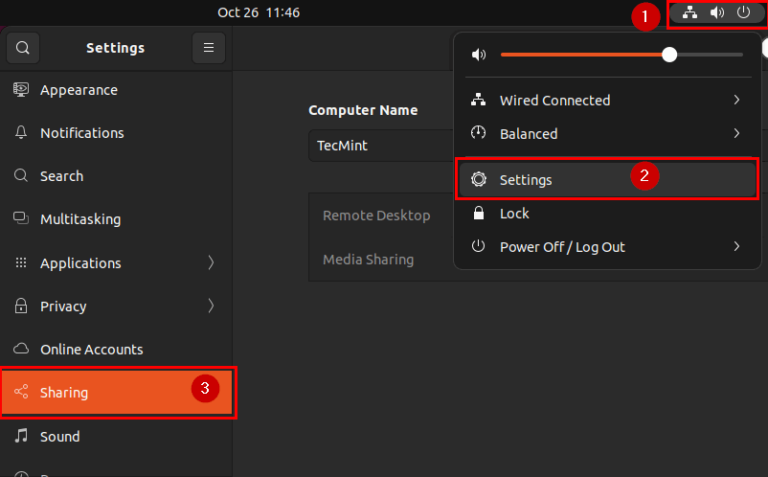
The post How to Connect Remote Ubuntu Desktop from a Mac first appeared on Tecmint: Linux Howtos, Tutorials & Guides .
Are you looking for a simple method to connect to the Ubuntu desktop/server from your Mac? The reasons could vary, whether you’re working remotely and
The post How to Connect Remote Ubuntu Desktop from a Mac first appeared on Tecmint: Linux Howtos, Tutorials & Guides.

Introduction Email remains a vital communication tool for both personal and business domains. Having your own mail server not only gives you control but also enhances the security and privacy of your communications. One of the popular mail servers is Postfix, known for its flexibility, reliability, and ease of configuration. Coupling Postfix with the robust…
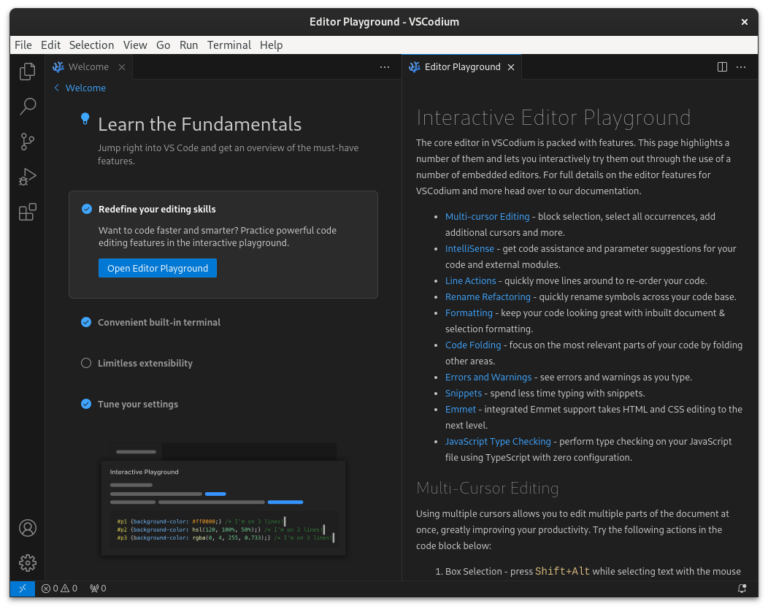
The true open source version of Microsoft VS Code, VSCodium, can be easily installed on Fedora. Here’s how.
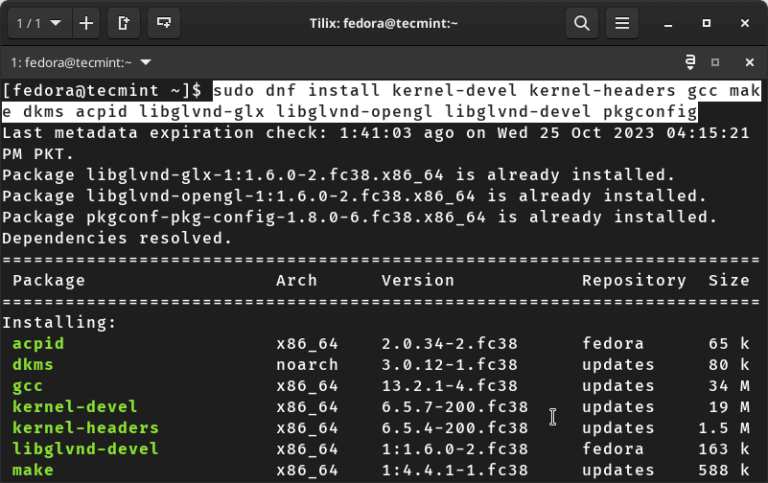
The post How to Install NVIDIA Drivers on Fedora 39/38/37 Linux first appeared on Tecmint: Linux Howtos, Tutorials & Guides .
Do you own an NVIDIA graphics card and want to use NVIDIA drivers instead of the default Nouveau driver in Fedora to enhance your gaming,
The post How to Install NVIDIA Drivers on Fedora 39/38/37 Linux first appeared on Tecmint: Linux Howtos, Tutorials & Guides.
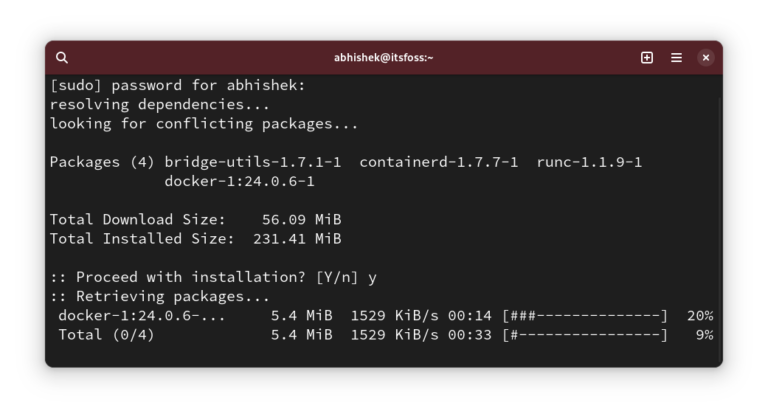
Learn how to install Docker on Arch Linux and make the environment ready to run containers with Docker Compose and tab completion.
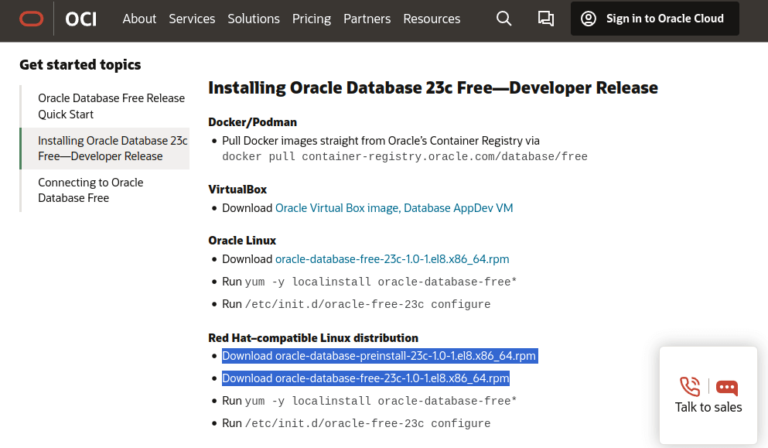
The post How to Install Oracle Database 23c in RHEL 8 first appeared on Tecmint: Linux Howtos, Tutorials & Guides .
Oracle has again proved why it’s a leading player in the database market by releasing its latest version, Oracle Database 23c (code-named “App Simple”), for
The post How to Install Oracle Database 23c in RHEL 8 first appeared on Tecmint: Linux Howtos, Tutorials & Guides.

The post How to Install Terraform (Infrastructure as Code) in Linux first appeared on Tecmint: Linux Howtos, Tutorials & Guides .
In this article, we will discuss what Terraform is and how to install Terraform on various Linux distributions using HashiCorp repositories. What is Terraform? Terraform
The post How to Install Terraform (Infrastructure as Code) in Linux first appeared on Tecmint: Linux Howtos, Tutorials & Guides.
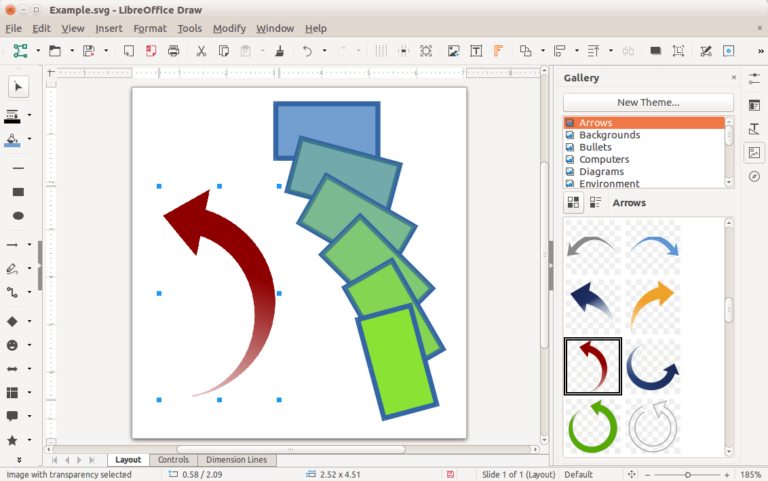
The post 10 Best Flowchart and Diagramming Software for Linux first appeared on Tecmint: Linux Howtos, Tutorials & Guides .
Diagrams are a great means for us to connect with information and process its significance; they help in communicating relationships and abstract information and enable
The post 10 Best Flowchart and Diagramming Software for Linux first appeared on Tecmint: Linux Howtos, Tutorials & Guides.
Introduction Virtualization has become a cornerstone of modern computing, offering a myriad of benefits from cost savings to improved efficiency and scalability. Among the myriad of options available for server virtualization, Ubuntu Server stands out as a powerful and versatile choice. In this comprehensive guide, we’ll delve into the intricacies of using Ubuntu Server for…

Boo! Happy Halloween or is it Merry Christmas?
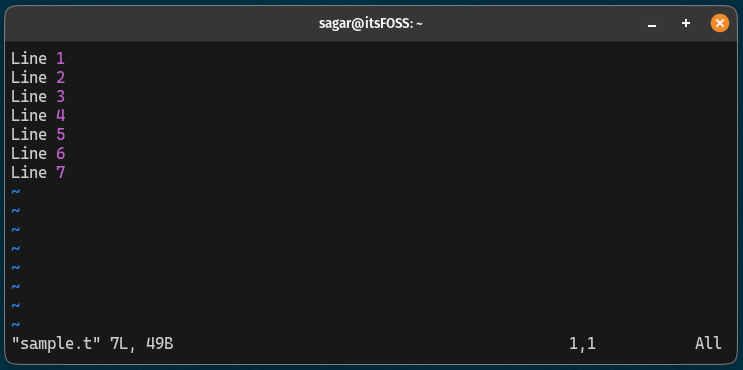
In this quick Vim tip, learn about cutting and copying-pasting.